Valgus stress test: Purpose, Importance, How to Perform Test?
This stress test is used to examine the integrity of the medial collateral ligament (MCL) of the knee joint. MCL injuries are common in the sports community however it can happen to anyone and can occur as either isolated injuries, or combined with other structural injuries.
This test also called medial stress test.
Purpose of this test :
- This test is also known as to the medial stress test & abduction test .
- It is used to for the assess of the integrity of to the medial collateral ligament (MCL) of the knee.
- It is also used for the check the one plane means straight medial instability which means the tibia moves away form the femur on the medial side.
- This MCL injuries are common in to the athletic population .
- It is occur as to the either of isolated injuries & combined with to the other structural injuries .
How to perform Valgus stress test ?
- Test position of patient is to the supine position.
- In the supine leg is be to the relaxed during the test is performed.
- Then the examiner is places to the one hand at the outside of the knee which is acting as the a pivot point.
- While to the other hand is placed at the foot.
- After that palpate the medial joint line .
- When the therapist is simultaneously apply of to the abducting force at to the the foot .
- Then apply the valgus force through of to the knee joint.
- Test is typically performed at the two degree .
- Both 30 & 0 degrees of the knee flexion.
- When the performed this test at the 30 degrees, this MCL is more isolated from the other medial joint structures,.
- It is followed by to the performing on the second version of this test, means check the 0 degrees of the knee flexion, which is allows to the assessment of the other medial joint structures.
- In third way of this test is Hughston ‘s valgus stress test .
- This test is apply in same position of valgus stress test
- Only difference is that therapist is grasps to the big toe & apply to the valgus force on the knee .
- It is also apply on the both degree .
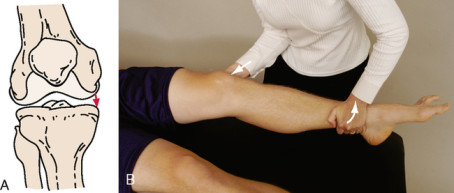
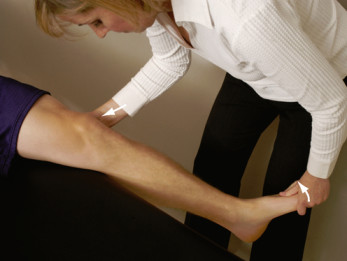
Which is structure may be injured during this test ?
At the 0 degree of the flexion :
- Medial collateral ligament
- Posterior oblique ligament
- Anterior cruciate ligament
- Posterior cruciate ligament
- Posteromedial capsule
- Medial quadriceps expansion
- Semimembranosus muscle
At the 30 degree of the flexion :
- Medial collateral ligament
- Posterior oblique ligament
- Posterior cruciate ligament
- Posteromedial capsule
Interpretation of this test :
- Positive findings of this test is the excessive gapping at the medial joint / pain, indicate to the MCL damage.
- it is also indicate to the capsular / cruciate ligament laxity which is depending onto the degree of the knee flexion when the test is performed .
- It is also be noted to the some joint gapping which is considered the normal at the 30 degrees but No gaping is to be present at to the 0 degrees.
Significance of this Test :
- Mostly to the MCL is play to the crucial role in to the stability of the knee.
- It is acts as to the primary valgus restraint in to the flexed knee.
- If the present of the knee hyper mobility due to the sprained MCL & the ACL which is placed under the higher stress loads with to the valgus forces mostly at the 45 degrees of the knee flexion .
- So that take to the special precautions with the individuals patients who have to the present of the laxity of the MCL & try to decrease of the any risk of to the further injury, mostly of to the ACL.
Diagnostic Accuracy of this joint :
At the 30 degrees:
- Sensitivity of this test is : 86-.96 for the MCL tears
Stress radiographers of this test :
- If the take the stress radiographers for this test & get the result is :
- It is do on the 0 degree of the flexion
- It is give to the 3 grades of injury
| Opening of the graphs | Grade of injury |
| 5 mm | 1 |
| Up to 10 mm | 2 |
| 10 mm | 3 |
Importance of this Test:
- MCL is important for the resisting valgus force at the knee due to the its attachments along of the femur / meniscus & tibia.
- MCL is also plays to the major role in restraining of tibial external rotation.
- MCL Surgical severing of this superficial portion is show the increase of the tibial external rotation at the 90 degrees about to the 3 times .
- This ligament is also attaches to the proximal on the medial epicondyle & posterior attached to the anserinus on to the antero-medial tibia.
- This ligament deeper fibers is attach on to the posteromedial capsule / semimembranosus tendon &meniscus
- Superficial fibers of this ligament is stressed during of the do the external rotation of the tibia on to the femur .
- Attachment of the MCL is also with the meniscus, so that in MCL injury also check to the meniscus .
- Generally in this test At 0 degrees, no gaping is occurs but if the gapping occurs during this test, it is indicate to the severe injury of the MCL.
- MCL is most important ligaments for the stability of to the knee.

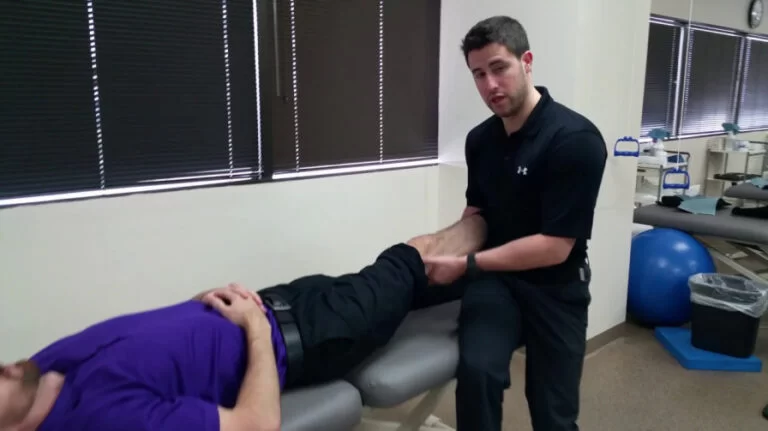
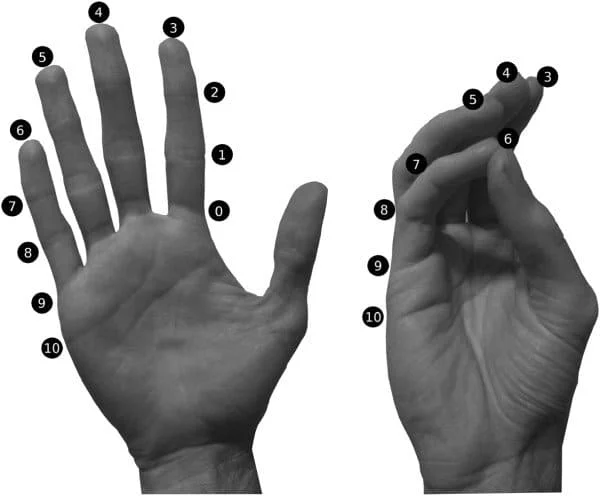

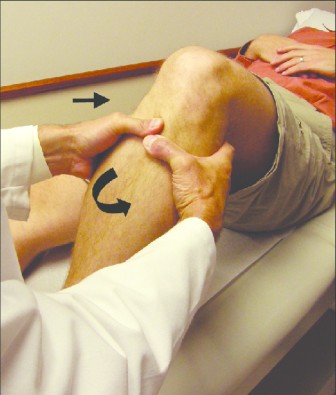
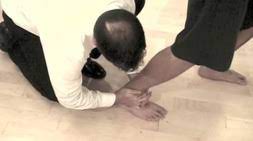
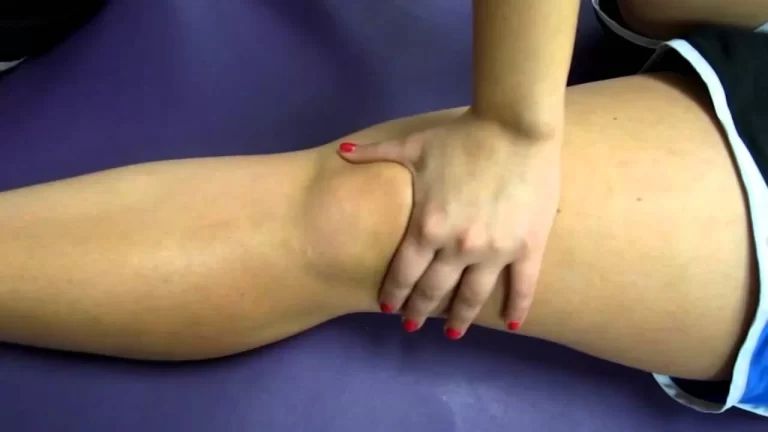
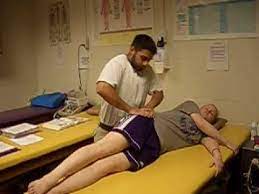
One Comment